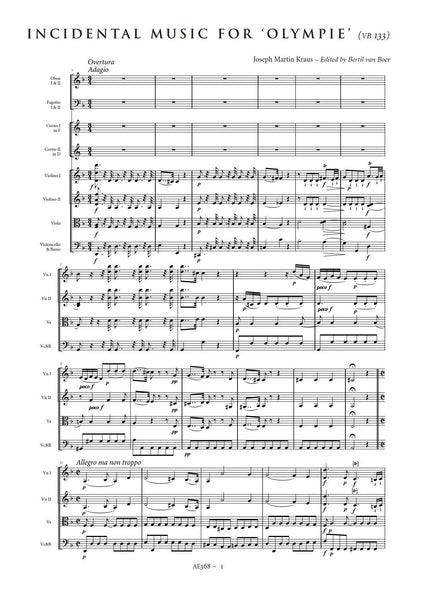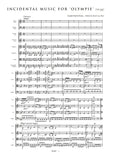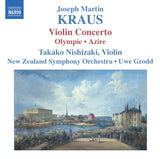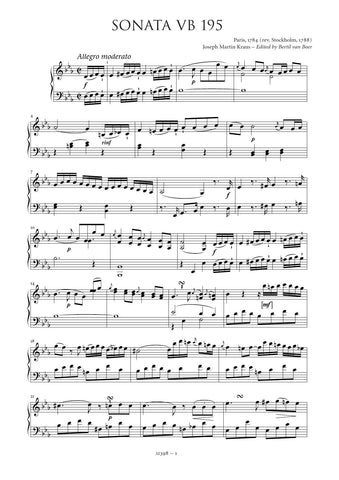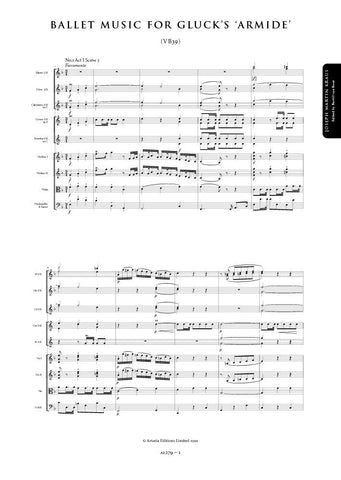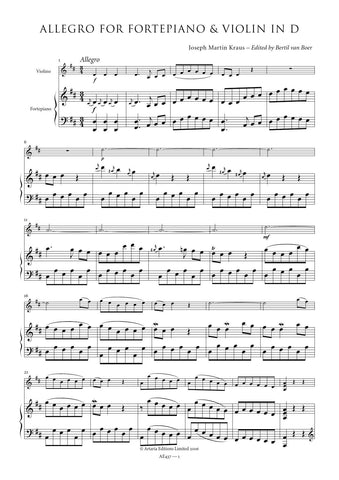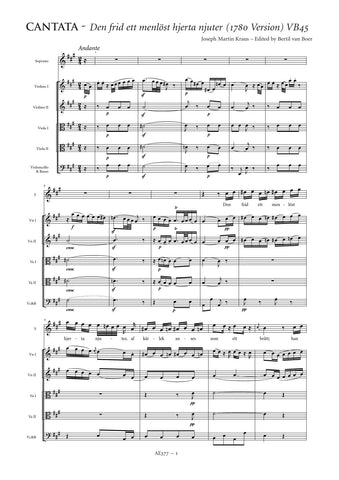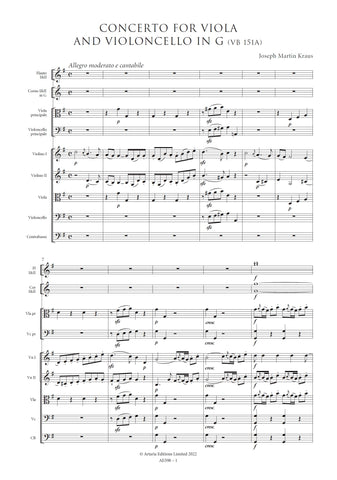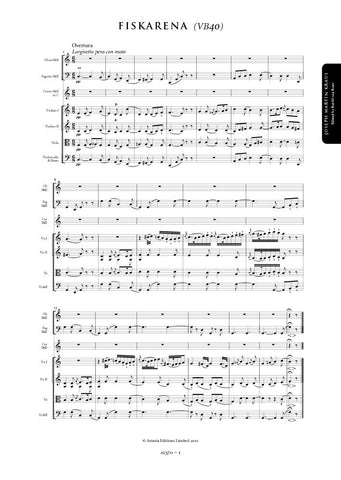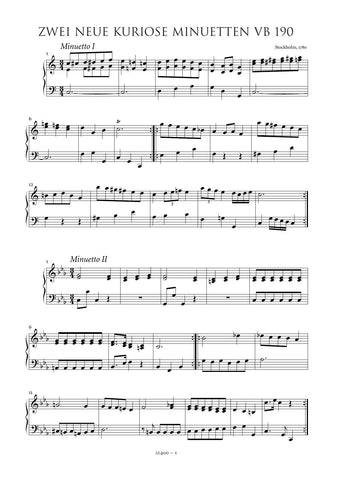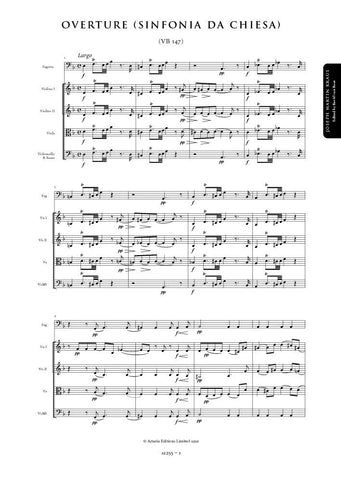Kraus, Joseph Martin: Incidental Music to Olympie (VB 33) (AE368) – sheet music
Previous Product Next Product
Description |
Kraus, Joseph Martin (1756-1792)
|
||||||||||||||
Audio sample |
|||||||||||||||
Details |
The incidental music for Olympie was written in 1791 for a production of the play. Earlier that year, Kraus's friend and librettist Johan Henrik Kellgren, who had a particular interest in French tragedy, undertook the revision and updating of Voltaire's well-known play of the same name. He was interested in the adaptability of language - the translation of those parts taken directly from the French are skillful and literal - and the dramatic potential of the plot, in which the princess Olympie is torn between a marriage of state and true love. It is clear that the author did not envision accompanying music for the work; the only "musical" stage directions are for a march that occurs in the first act when Olympie's husband to be arrives amid pomp and circumstance. Sometime during the Fall of 1791, however, Kraus was approached to provide appropriate music that would link the five acts of the tragedy. He composed a series of seven movements consisting of a powerful D minor overture, which devolved directly into a short on-stage march that opens the first act, four entr'actes, and a funereal epilogue. Apart from the lengthy overture, all are short episodes consisting of mood linkages between the denouement of the previous act and foreshadowing the action of the coming one. For instance, the on-stage march appears in the first entr'acte juxtaposed with restless string tremolos, indicating that the official betrothal of Olympie is underlain by unpleasant emotional currents that provide a conflict between her duty and feelings. The entr'acte between the third and fourth acts shows the pensive interlude of the lovers when then have found time to pledge their faith, knowing that such is empty. Kraus's music is unobtrusive, created to provide a brief dramatic link rather than supporting the drama, such as one might find in Beethoven's later music for Goethe's Egmont. The overture, perhaps the best known of this composer's works in modern times, is a tour-de-force of Sturm und Drang passion, with its skirling string figures, spare wind chords, and sweeping themes. All in all, the music, especially the overture, is a more universal work than the play for which it was intended. Indeed, Kellgren's work lasted only a short while on the Stockholm stage beyond its premire on January 7, 1792, but Kraus's music was reused as fitting incidental movements for various other plays up to 1821, when it was indelibly associated with Friedrich von Schiller's Maria Stuart. This edition is based upon a score copied by Fredrik Silverstolpe, now at the Universitetsbibliotek, Uppsala, where it is listed as Instrumental musik i handskrift Capsula 33. This is a copy made in 1804 from the original autograph score, which was probably destroyed in the fire at the Royal Dramatic Theatre in 1827. Comparisons were made with the original parts in the Operans Bibliotek in Stockholm (Operetter M 9 No. 232), copied by Friedrich Gottlob Ficker, the chief copyist of the Royal Opera. The manuscript is precise in all details, requiring virtually no emendations other than to modernize it to current score standards. Kraus's placement of slurs, articulation and dynamic markings, etc. have been followed. Only in the first entr'acte, where the on stage band and the main orchestra are given in a single score, has the editor divided the ensembles. This, however, follows the directions of the source. Bertil van Boer |




